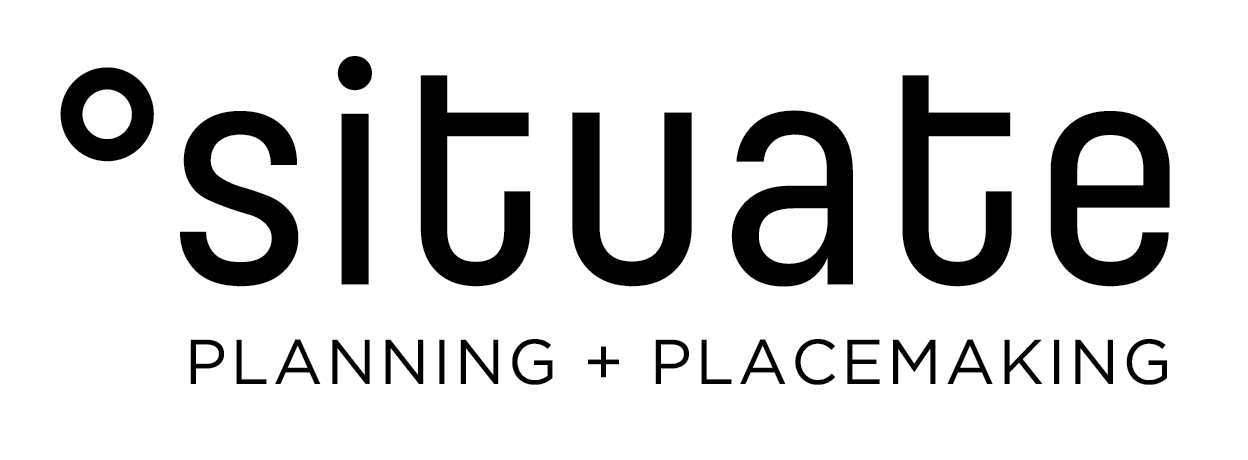HOW DO I NAVIGATE EPCOR WATER INFRASTRUCTURE REQUIREMENTS?
Infrastructure upgrade costs can make or break an infill project, especially small and medium scale projects. The most common infill infrastructure upgrade requirements are for water main extensions and new fire hydrants. Figuring out what upgrades will be required and the associated costs is a complicated process—here’s our quick guide to help you get you on the right track.
EPCOR AND LAND DEVELOPMENT APPLICATIONS
When you submit a rezoning application or development permit application for multi-unit housing, the application is sent over to EPCOR Water for comment. EPCOR reviews each application against Volume 4 of the City’s Design and Construction Standards to determine whether the existing water and hydrant infrastructure in the neighbourhood is sufficient to service the new infill development.
Unfortunately, many of Edmonton’s older neighbourhoods don’t have enough infrastructure capacity to meet the Volume 4 standards. As a result, in many cases EPCOR will tell you that you’ll have to upgrade the existing infrastructure in order to build your proposed new development, as in—extend or expand municipal water mains or install new hydrants.
Needless to say, this is problematic for many applications. First, it’s difficult to find out what the existing neighbourhood capacity is and what the associated upgrades will be before you’ve already committed to the land and the project. Second, the cost to upgrade the infrastructure can be very, very hefty. This article will give you some tips for navigating this process while keeping your sanity (more or less) intact.
HOW TO FIND OUT CURRENT CAPACITY
The City’s Infill Data Explorer provides general, aggregated information about water and hydrant infrastructure based on the average fire flow of the area and location of fire hydrants. By clicking “Infrastructure Data” in the top right corner of the Infill Data Explorer, you can get an idea of the existing infrastructure capacity for the site you’re planning to redevelop. Although the information is aggregated and therefore not precise, it will give you a general idea of the capacity in the area.
You can also reach out to the infill team at EPCOR Water directly at WaterDevelopmentCoordination@epcor.com to request specific infrastructure information. EPCOR generally responds within a few days.
WHAT ARE THE REQUIREMENTS, ANYWAY?
Volume 4 of the Design and Construction Standards breaks down water infrastructure requirements by zone. The RF1, RF2, RPL, RSL, and RF4 zones require an average fire flow capacity of 100 L/s and hydrant spacing of 150 metres. The RF3, RF5, and RMD zones require an average fire flow capacity of 180L/s and a hydrant spacing of 90 metres. The RF6, RA7, RA8, RA9, and UCRH zones, or mixed-use developments, require an average fire flow capacity of 300L/s and hydrant spacing of 90 metres. The requirements for direct control zones are determined based on the intensity of the development proposed under the zone.
Two important things:
- The City only sends applications for multi-unit housing to EPCOR for review, regardless of the zone. So if you’re applying for a development permit for single detached housing, semi-detached housing or duplex housing (with or without secondary suites), EPCOR will not review the application and water main upgrades and new hydrants will not be required.
- Hydrant spacing is determined based on the distance between the hydrants, NOT the distance of the hydrant(s) from your property.
If the fire flow capacity or hydrant spacing do not meet the requirements for multi-unit housing for the zone you’re in, EPCOR will tell you that water main upgrades or fire hydrant installation will be required. That can present some risk in moving forward with your application, but there is a reasonable chance that the upgrades EPCOR says you need won’t actually be required. Read on.
INFILL FIRE PROTECTION ASSESSMENT (IFPA)
If EPCOR reviews the application and determines that infrastructure upgrades or new hydrants are required, you can ask the city planner or development officer working on your file to initiate an Infill Fire Protection Assessment (IFPA) with Fire Rescue Services (FRS). FRS will re-review the application to determine if upgrades are actually needed from a life safety perspective.
In many cases, FRS re-reviews the application and determines that infrastructure upgrades will not be required, or that they will not be required if the required flow rate for the building does not exceed what’s provided by the current system. In order to ensure that the needs of the building do not exceed the flow rate in the system, an engineer can help to design the new building to be non-combustible, sprinklered, or to use other mitigation measures outlined in the Fire Underwriters’ Survey Water Supply for Public Fire Protection guide. This design work can be done in collaboration with Fire Rescue Services.
EPCOR COST SHARE PROGRAM
Now, if FRS reviews your application and determines that upgrades are still required, all is not lost!
EPCOR, in collaboration with the City of Edmonton and the Infill Development in Edmonton Association (IDEA), has developed a cost-share program to cover the costs of infrastructure upgrades under certain circumstances.
Applications for the cost-share program must be submitted to EPCOR at waterinfillcostshare@epcor.com. Applications are awarded points based on six criteria: system capabilities, coordination with water main renewal activities, location and use, alignment with City Plan, project readiness, and coordination with other nearby developments. Projects are then ranked to determine which ones will receive funding. EPCOR has allocated $20.2 million to the cost-share program between 2022 and 2026. Check out the program here.
CONCLUSION
In conclusion, we hope this article helped you understand how water infrastructure upgrades and fire hydrant requirements are determined, and how to navigate the process. No matter what you’re planning to build and in what zone, becoming familiar with the water infrastructure review process will hopefully make things a bit easier for you.
And of course, at Situate we’re here to help. Drop us a line and let’s chat about how we might be able to make the infill process easier for you.
Follow
Subscribe to Zone In
